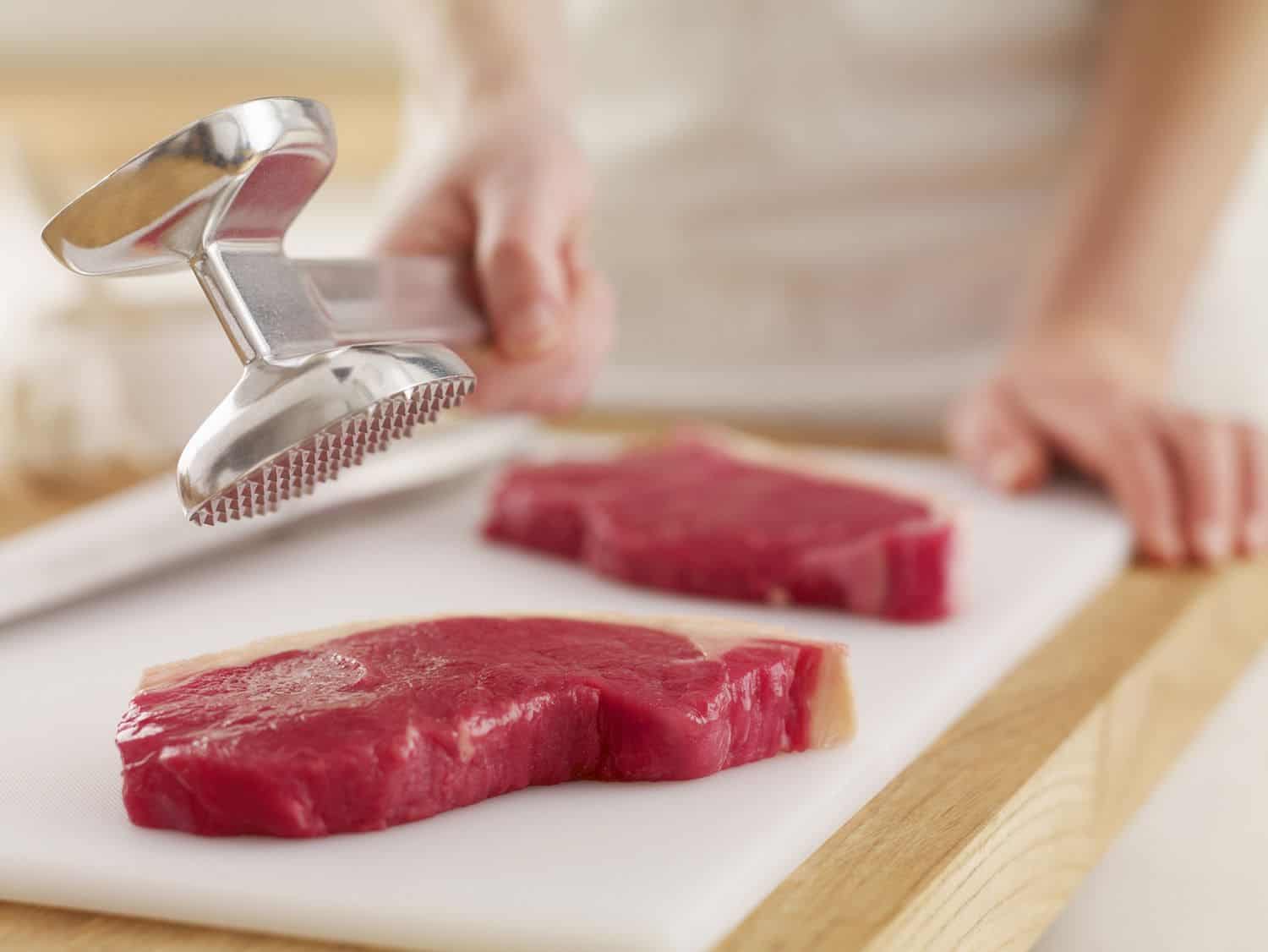What Happens When You Put Meat Tenderizer in Jello?
Written By James Morgan
Have you ever wondered what happens when you put meat tenderizer in jello? For many barbecue enthusiasts, experimenting with different culinary tricks to achieve the perfect texture and flavor is part of the fun. While meat tenderizers are commonly used to soften tough cuts of meat, their effects on other foods can be quite intriguing. Let's dive into this fascinating topic and uncover the science behind it.

The Basics of Meat Tenderizer
Meat tenderizers are substances that break down the proteins in meat, making it easier to chew and digest. Typically, these products contain enzymes like papain (from papayas) or bromelain (from pineapples). These enzymes are natural protein-digesting agents and are often relied upon to soften meats before grilling or cooking.
If you're curious about the different types of meat tenderizers and how to use them, check out this in-depth guide on What Meat Tenderizer Do Chefs Use?.

What is Jello Made Of?
Jello, a popular dessert, is primarily made of gelatina protein derived from animal collagen. Gelatin is what gives jello its distinct, wobbly texture. When mixed with hot water and then cooled, it forms a solid yet jiggly structure, making it a fun treat enjoyed by many.

The Experiment: Adding Meat Tenderizer to Jello
The idea of adding meat tenderizer to jello might seem unusual, but understanding the science can be quite enlightening. When you add a meat tenderizer containing enzymes like papain or bromelain to jello, it starts breaking down the gelatin proteins. As a result, the jello's structure weakens and it fails to solidify properly.
So what happens when you put meat tenderizer in jello? Your once-firm dessert will turn into a runny mess as the gelatin proteins are digested by the enzymes.
Step-by-Step Process
To see the effect first-hand, you can try this simple experiment at home:
- Prepare a batch of jello according to the package instructions.
- Once the jello mixture is ready and still warm, sprinkle a small amount of meat tenderizer over the surface.
- Stir the mixture gently to ensure the enzymes are evenly distributed.
- Place the mixture in the refrigerator and observe the changes over a few hours.

The Science Behind the Reaction
The primary enzymes in meat tenderizers, such as papain and bromelain, are proteolytic enzymes. These enzymes are highly effective in breaking down proteins into smaller fragments. Gelatin, the key ingredient in jello, is a protein derived from collagen, and it is susceptible to being broken down by these enzymes.
When the enzymes come into contact with the gelatin, they start cleaving the peptide bonds, which hold the protein strands together. As these bonds break, the gelatin loses its structural integrity and can no longer form a solid gel. Instead, it remains in a liquid state.
Other Fascinating Uses of Meat Tenderizers
Beyond tenderizing meat and performing kitchen experiments, meat tenderizers have other surprising uses. They can be used to treat insect bites and stings due to their protein-breaking properties, which can help neutralize the venom and reduce inflammation. Additionally, meat tenderizers can be a secret ingredient to enhance the texture of certain dishes, such as breads or pastries.
Ever wondered how to make a meat tenderizer paste? Check out this detailed guide on How to Make Meat Tenderizer Paste.
FAQs
Can meat tenderizer affect other fruits?
Yes, meat tenderizer can also affect other fruits that contain proteins. For example, adding it to fruits like pineapple or kiwi can also result in a mushy texture as the enzymes break down the proteins.
Is it safe to use meat tenderizer on jello?
While it's safe to use meat tenderizer on jello, it's not recommended for consumption as it alters the texture significantly and may not be palatable.
Can I use a meat mallet instead of powdered meat tenderizer?
A meat mallet is a physical tool used for tenderizing meat, but it won't have the same effect on jello as the enzymes in powdered tenderizers. Learn more about the differences in this article on How to Use a Blade Meat Tenderizer.
For more on the science of meat tenderizing, you can check out this article by Arm & Hammer.



